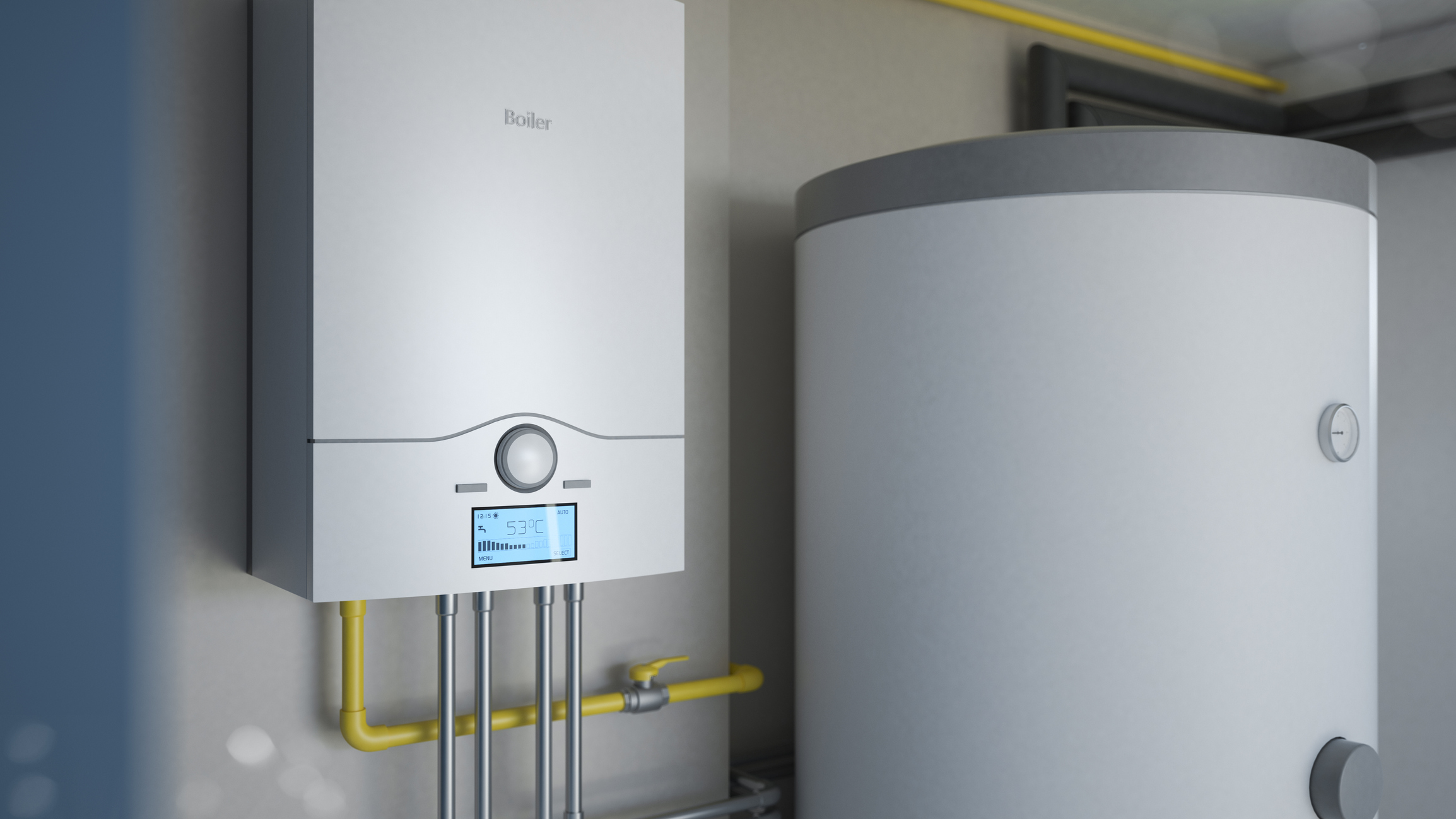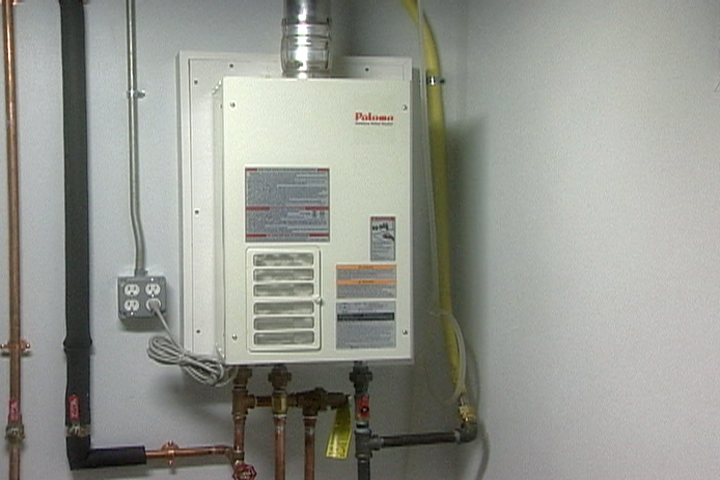How to Properly Maintain Your Home's Hot Water System
How to Properly Maintain Your Home's Hot Water System
Blog Article
This great article down the page involving How to Maintain Your Water Heater & Prolong its Life is immensely enlightening. Give it a go and make your own assumptions.

Warm water is essential for daily comfort, whether it's for a revitalizing shower or cleaning dishes. To guarantee your hot water system runs successfully and lasts longer, regular upkeep is essential. This article provides sensible ideas and insights on just how to preserve your home's warm water system to prevent disruptions and pricey fixings.
Introduction
Maintaining your home's warm water system might appear difficult, but with a couple of easy actions, you can ensure it runs smoothly for several years to find. This overview covers every little thing from understanding your warm water system to DIY upkeep tips and understanding when to hire professional assistance.
Importance of Preserving Your Warm Water System
Routine upkeep not just expands the lifespan of your warm water system but additionally ensures it runs efficiently. Overlooking upkeep can cause decreased performance, higher power bills, and even early failing of the system.
Indications Your Hot Water System Needs Upkeep
Knowing when your hot water system requires interest can prevent major problems. Keep an eye out for signs such as inconsistent water temperature level, strange sounds from the heating system, or rusty water.
Comprehending Your Warm Water System
Prior to diving right into maintenance tasks, it's practical to comprehend the standard components of your hot water system. Typically, this includes the water heater itself, pipes, anode rods, and temperature level controls.
Month-to-month Upkeep Tasks
Regular month-to-month checks can aid capture small issues before they rise.
Flushing the Hot Water Heater
Purging your water heater removes sediment accumulation, boosting effectiveness and extending its life.
Checking and Replacing Anode Rods
Anode poles protect against corrosion inside the container. Checking and changing them when worn out is critical.
Inspecting and Readjusting Temperature Level Settings
Readjusting the temperature settings makes certain ideal efficiency and security.
Do It Yourself Tips for Upkeep
You can carry out numerous upkeep jobs yourself to keep your warm water system in top condition.
Checking for Leakages
Routinely examine pipes and connections for leakages, as these can lead to water damage and greater expenses.
Examining Stress Relief Valves
Examining the pressure relief valve guarantees it works appropriately and stops excessive pressure accumulation.
Shielding Pipelines
Shielding warm water pipelines minimizes warm loss and can conserve power.
When to Call a Specialist
While do it yourself upkeep is advantageous, some issues call for professional knowledge.
Complex Issues Calling For Specialist Aid
Instances consist of significant leakages, electric problems, or if your water heater is continually underperforming.
Routine Specialist Maintenance Benefits
Expert upkeep can include detailed examinations, tune-ups, and guaranteeing compliance with safety and security standards.
Conclusion
Routine upkeep of your home's hot water system is vital for performance, long life, and cost financial savings. By following these suggestions and knowing when to look for professional help, you can make certain a reputable supply of warm water without unexpected interruptions.
How to Maintain an Instant Hot Water Heater
Before tinkering with your hot water heater, make sure that it’s not powered on. You also have to turn off the main circuit breaker and shut off the main gas line to prevent accidents. Also turn off the water valves connected to your unit to prevent water from flowing into and out of the appliance. 2. When you’re done, you have to detach the purge valves’ caps. These look like the letter “T†and are situated on either side of the water valves. Doing so will release any pressure that has accumulated inside the valves while at the same time avoid hot water from shooting out and burning your skin. 3. When the purge valves’ caps are removed, you have to connect your hosing lines to the valves. Your unit should have come with three hoses but if it didn’t, you can purchase these things from any hardware or home repair shops. You can also get them from retail stores that sell water heating systems. Read the user’s manual and follow it to complete this task properly. When the hosing lines are connected, open the purge port’s valves. 4. You should never use harsh chemical cleaners or solutions when cleaning your unit. Make use of white vinegar instead. It should be undiluted and you’ll probably use about 2 gallons. 5. Now flush your water heater. This task should probably take about 40 minutes. We can’t give you specific directions for this because the procedure is carried out depending on the type, model and brand of your heater. With that being said, refer to the user’s manual. 6. When you’re done draining the unit, you have to turn off the purge port valves again. Remove the hosing lines that you earlier installed on each of the water valves. Put the valve caps (purge port) back in their respective places and be very careful so as not to damage the rubber discs that are found inside these caps. 7. Now that everything’s back in place, check your user’s manual again to find out how to reactivate your water heating system. 8. Once it is working, turn one of your hot water faucets on just to let air pass through the heater’s water supply pipes. Leave the tap on until water flows smoothly out of it. https://www.orrplumbing.com/blog/2014/september/how-to-maintain-an-instant-hot-water-heater/

I ran across that page about Tips on Maintaining a Water Heater when doing a lookup on the search engines. Sharing is good. Helping others is fun. We thank you for your readership.
Click Here Report this page